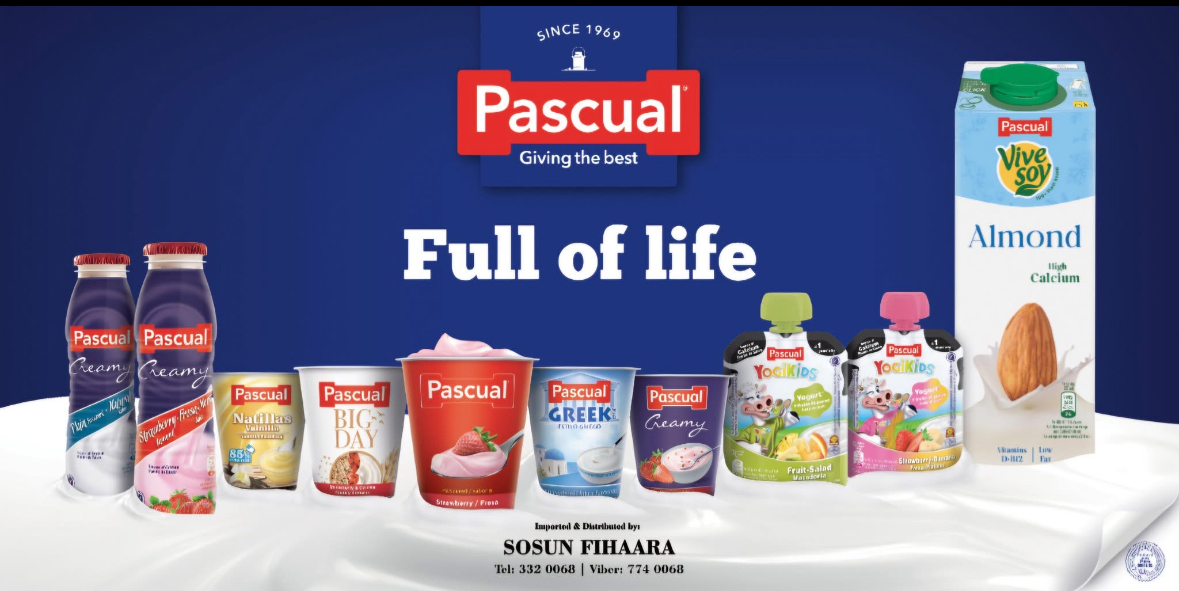Mastering Data-Driven Visual Content Optimization: Step-by-Step Techniques for Maximum User Engagement
Optimizing visual content is an essential yet complex task that requires a deep understanding of audience behavior, technical execution, and iterative testing. This guide explores concrete, actionable strategies to leverage data-driven insights, implement advanced technical techniques, and craft compelling visual narratives that significantly enhance user engagement. Building upon the broader context of «How to Optimize Visual Content for Enhanced User Engagement», we delve into the specifics that transform theory into measurable results.
Table of Contents
- Analyzing Audience Behavior to Inform Visual Choices
- Utilizing Analytics Tools to Track Visual Content Performance
- Case Study: Adjusting Visuals Based on Engagement Metrics
- Advanced Techniques for Visual Content Optimization
- Technical Aspects of Visual Content Optimization
- Crafting Effective Visual Narratives
- Accessibility and Inclusivity in Visual Content
- Common Pitfalls and How to Avoid Them
- Practical Step-by-Step Guide to Implementing Visual Optimization Techniques
- Reinforcing the Value of Deep Visual Optimization in Broader User Engagement Strategies
Analyzing Audience Behavior to Inform Visual Choices
Begin by collecting granular behavioral data on your target audience through tools like heatmaps, scroll tracking, and click analytics. For example, use Hotjar or Mouseflow to visualize where users focus their attention on your pages. Identify patterns such as which sections garner the most engagement or where users tend to abandon. This data helps in crafting visuals that draw attention to key messages or calls to action.
Specifically, analyze metrics such as:
- Time spent on visual sections
- Interaction rate with images or infographics
- Scroll depth indicating how far users view your content
Translate these insights into actionable design adjustments, such as repositioning high-value visuals or simplifying complex graphics to match user attention spans.
Utilizing Analytics Tools to Track Visual Content Performance
Implement comprehensive tracking by integrating tools like Google Analytics, Mixpanel, or Adobe Analytics to monitor how visual content performs across different segments and pages. Set up custom events to measure interactions such as image clicks, video plays, or hover durations.
For instance, create event tags like:
| Event Type | Purpose |
|---|---|
| Image Click | Measure which visuals attract the most clicks |
| Video Play | Identify engaging video content |
| Hover Duration | Assess visual interest and readability |
Consistently review these metrics to determine which visuals drive conversions or engagement, informing ongoing optimization efforts.
Case Study: Adjusting Visuals Based on Engagement Metrics
A B2B SaaS company noticed through Google Analytics that their product feature infographics had a high bounce rate. Using heatmaps, they identified that users often scrolled past these visuals without engaging. They hypothesized that the visuals were either too complex or not aligned with user interests.
To test this, they:
- Redesigned their infographics with simplified data points and clearer visual hierarchy.
- Implemented A/B testing with two versions: original vs. simplified.
- Tracked engagement metrics such as click-through rate on related links and time spent on visual sections.
Results showed a 35% increase in engagement and a 20% decrease in bounce rate for the simplified visuals after two weeks. This case exemplifies how iterative adjustments based on data can significantly improve visual content effectiveness.
Advanced Techniques for Visual Content Optimization
Implement A/B testing systematically to compare different visual formats, styles, or messaging. For example, test:
- Color schemes— contrasting vs. harmonious palettes
- Image types— photographs vs. illustrations
- Layout structures— grid vs. modular
Use tools such as VWO or Optimizely to automate tests, and analyze statistically significant differences to inform design decisions.
Customizing Visuals for Multiple Devices
Use responsive design frameworks like Bootstrap or Foundation, combined with media queries, to tailor visuals for:
- Smartphones: Simplify graphics, increase tap targets, optimize load times
- Tablets: Adjust layout to utilize larger screens, prioritize readability
- Desktops: Incorporate detailed visuals and interactive elements
Test across devices with emulators and real-world devices to ensure consistency and performance, thereby reducing user frustration and abandonment.
Technical Aspects of Visual Content Optimization
Optimizing Image File Types and Compression
Choose appropriate image formats based on visual content:
| Format | Best Use | Compression Tips |
|---|---|---|
| JPEG | Photographs, detailed images | Use tools like TinyPNG or ImageOptim for lossy compression |
| PNG | Graphics with transparency, icons | Optimize color palette, reduce file size without quality loss |
| WebP | High-quality images with small size | Leverage WebP for modern browsers, fallback for older ones |
CSS and HTML Techniques for Responsive Design
Use CSS media queries to adapt visual sizes and layouts:
@media (max-width: 768px) {
.visual-container { flex-direction: column; }
.visual { width: 100%; height: auto; }
}Implement srcset and sizes attributes on <img> tags to serve appropriately scaled images based on device resolution and viewport size.
Leveraging Lazy Loading and Performance Enhancements
Utilize native loading="lazy" attribute on images and iframes to defer loading off-screen visuals, reducing initial load times. Combine with:
- CSS sprites to minimize HTTP requests
- Content Delivery Networks (CDNs) for faster global access
- Minification of CSS and JavaScript files
Regularly audit site speed with tools like Google PageSpeed Insights and implement recommended optimizations.
Crafting Effective Visual Narratives
Design visual sequences that guide users seamlessly through your message, mimicking storytelling frameworks. For example, apply the "Hero’s Journey" by structuring visuals into:
- Introduction: Establish context with compelling imagery
- Conflict/Challenge: Highlight pain points with contrasting visuals
- Resolution: Showcase solutions through before/after or step-by-step visuals
Use consistent color schemes, directional cues (arrows, numbering), and visual hierarchies to naturally lead users along this narrative flow.
Sequential Visual Strategies
Implement carousels, slideshows, or progressive disclosure techniques to reveal information gradually. For example, a product demo video that unfolds in stages can maintain user interest and increase retention.
Accessibility and Inclusivity in Visual Content
Implementing Alt Text and Descriptive Labels
Write precise, descriptive alt texts for every visual, focusing on conveying the core message. For example, instead of “Image1”, use “Bar chart showing 2023 sales growth per quarter”. This not only improves screen reader compatibility









